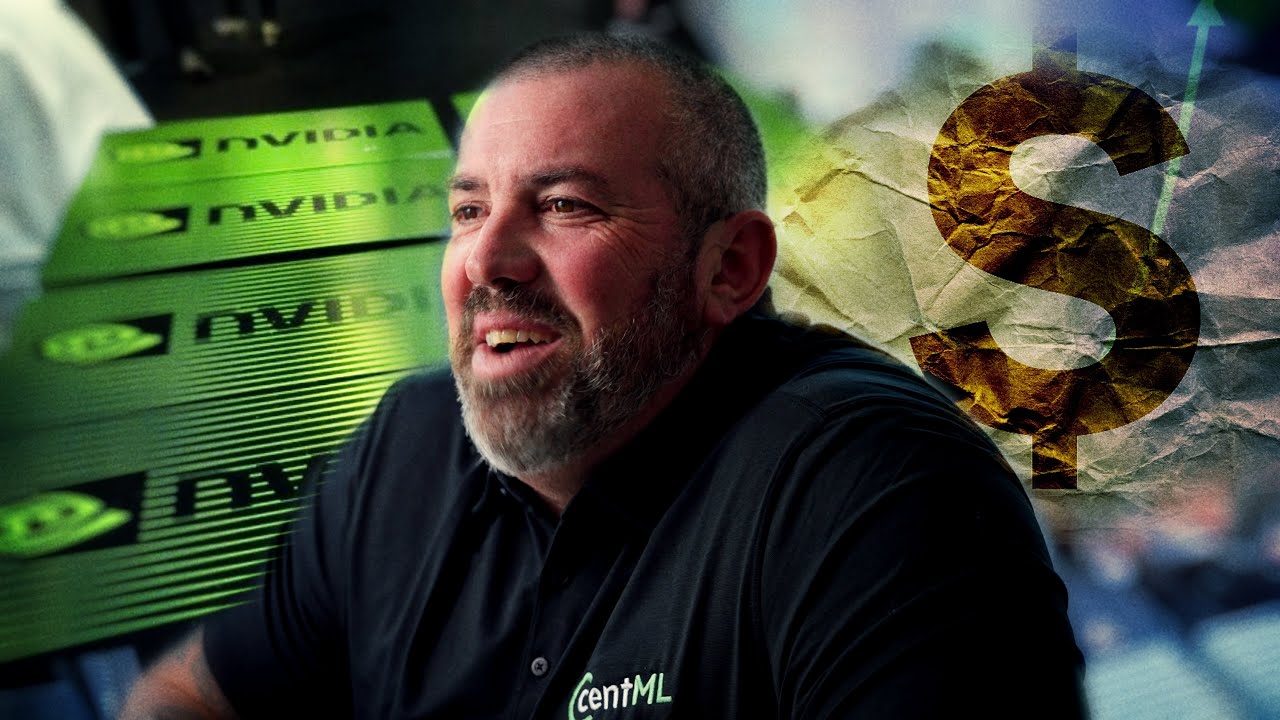The discussion emphasizes the necessity of a top-down approach for successful AI and machine learning adoption within organizations, highlighting the importance of executive vision and collaboration to optimize resources and scale solutions. The speakers also explore the competitive landscape of AI, noting the rising interest in open-source models and the need for startups to remain flexible and innovative in a rapidly evolving market.
In the discussion, the speakers delve into the evolving landscape of artificial intelligence (AI) and machine learning (ML) within organizations, emphasizing the importance of a top-down approach for successful adoption. They argue that having an executive with a clear vision fosters a culture that encourages the integration of AI across various business facets. Companies that effectively embrace this approach tend to be more successful in both adoption and future growth. The conversation highlights the transition from innovation to production, where organizations must shift their focus from experimentation to scalability, particularly as they prepare to deploy AI solutions to a larger user base.
John, one of the speakers, shares his background in the military and his journey through various startups, ultimately leading to his current role at CML, a platform focused on optimizing AI workloads. CML aims to address the challenges organizations face when implementing machine learning, particularly in terms of infrastructure and compute efficiency. The discussion touches on the increasing demand for GPUs and the need for better utilization of existing resources, as many organizations currently operate at significantly lower utilization rates than optimal.
The conversation also explores the importance of collaboration and unification within organizations, as many teams work in silos, leading to duplicated efforts and inefficiencies. The speakers note that while there is excitement around AI, the next phase requires a more coordinated approach to leverage the technology effectively. They emphasize the need for organizations to adopt a platformification strategy, allowing for economies of scale and better resource management, which can ultimately lead to more successful AI implementations.
As the discussion progresses, the speakers address the competitive landscape of AI, particularly the rise of open weights and models like Llama from Meta. They highlight the growing interest among enterprises in utilizing open-source models to maintain control over their data and optimize their AI solutions. The conversation acknowledges that while proprietary models may offer advanced capabilities, the gap is narrowing, making open models increasingly attractive for organizations looking to innovate without being locked into specific vendors.
Finally, the speakers reflect on the broader startup ecosystem in AI, expressing excitement about the diverse range of companies emerging in the space. They emphasize the importance of flexibility and adaptability in a rapidly changing market, noting that successful startups must continuously innovate and respond to evolving trends. John shares his optimism about the future of AI and the potential for startups to drive significant advancements in the field, ultimately benefiting businesses and consumers alike.
